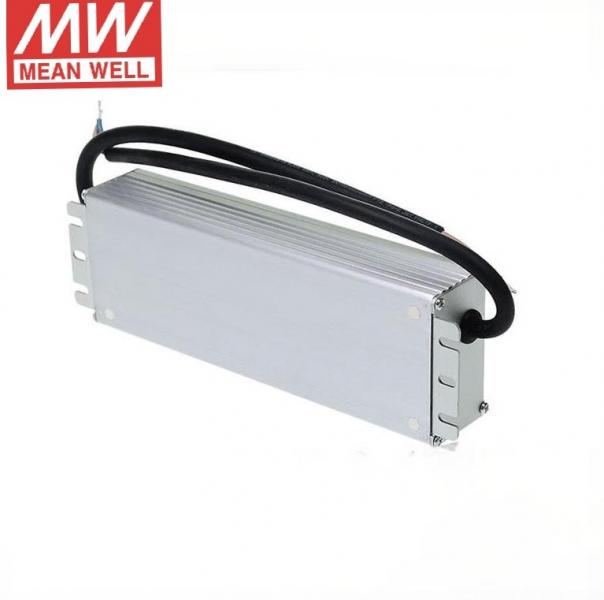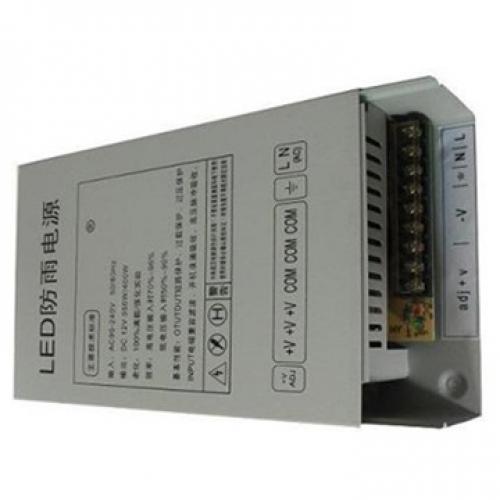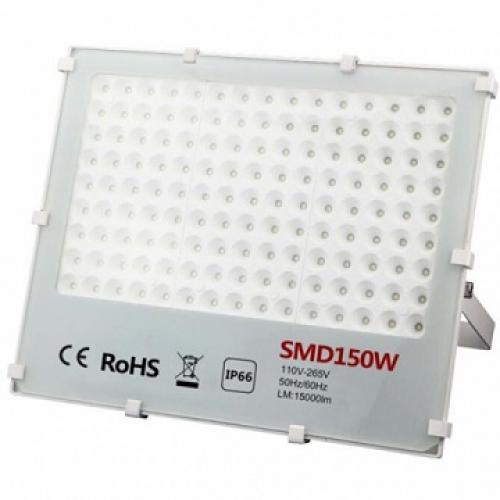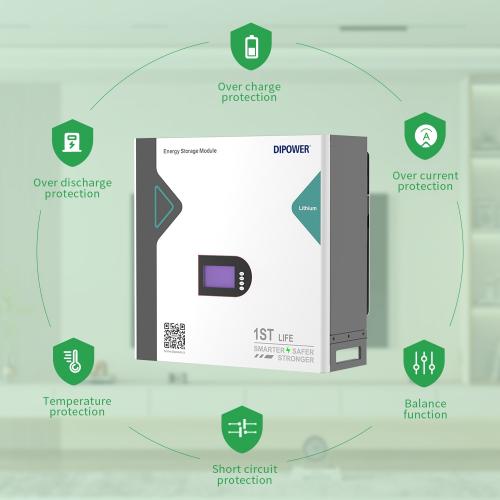What is the average lifespan of a portable power station?

When examining the average lifespan of a portable power station, several factors are at play, including the quality of the components, type of battery, usage habits, and maintenance practices. In general, a well-maintained portable power station, typically featuring lithium-ion or lithium iron phosphate (LiFePO4) batteries, can last anywhere from 2 to 10 years. However, it's crucial to delve deeper into the specifics influencing this lifespan to provide a comprehensive understanding.
Understanding the Components:
Portable power stations are complex devices that rely on various components, including the battery (most commonly lithium-ion or LiFePO4), inverter, control system, and external ports. The battery is considered the heart of the power station, significantly influencing its overall lifespan. Lithium-ion batteries typically offer between 500 to 1,000 charge cycles, whereas LiFePO4 batteries can provide up to 2,000 to 3,000 cycles. A cycle is a full charge and discharge process.
Influencing Factors on Lifespan:
-
Battery Type: As previously mentioned, the battery type is crucial. LiFePO4 batteries not only offer a higher number of cycles but also maintain stability and perform well under various environmental conditions. In contrast, standard lithium-ion batteries might degrade faster, especially if not maintained properly.
-
Usage Patterns: Continuous, heavy usage can lead to quicker degradation. Users who frequently drain their power stations completely before recharging may experience a reduced lifespan compared to those who regularly top up their batteries before depletion.
-
Maintenance: Proper maintenance can prolong the life of a portable power station. Keeping the device in a cool, dry place, avoiding exposure to extreme temperatures, and regular cleaning can prevent unnecessary wear and tear.
-
Storage Conditions: When not in use, it's critical to store the power station appropriately. A charged state between 50% and 70% and cool temperatures can conserve battery health during prolonged storage.
-
Brand and Build Quality: Different manufacturers use varying quality components. Trusted brands often provide reliable and longer-lasting components, offering a better return on investment over time.
-
Technological Advances: With the advent of technology, newer models may benefit from advancements in battery technology, monitoring systems, and build materials which can enhance longevity.
Real-world Applications and Lifespan Considerations:
In real-world applications, the lifespan can vary significantly based on usage contexts. For example, an outdoor enthusiast using a power station primarily for weekend camping trips might find their device lasts closer to the upper end of its potential lifespan. Conversely, a professional relying on the unit for daily tasks might observe a shorter lifespan, necessitating replacements or upgrades more frequently.
Optimizing Lifespan Through Best Practices:
To extend the life of a portable power station, users should adhere to several best practices:
- Avoid Complete Drains: Regularly draining the battery fully before a recharge can diminish the overall lifecycle. It's recommended to recharge when the battery reaches around 20% capacity.
- Temperature Management: Using and storing the power station within recommended temperature ranges avoids undue stress on the battery cells.
- Routine Checks: Conducting regular checks on connections and components can prevent small issues from developing into major problems, particularly with the inverter and output ports.
- Software Updates: Where applicable, keeping the power station's software or firmware up-to-date can improve efficiency and performance, indirectly supporting longevity.
Industrial Use and Lifespan Impact:
For industrial applications, the demands and stress on portable power stations can differ significantly. Industrial users often require robust performance, and thus may prioritize models with UV resistance, water resistance, and extended warranties. Furthermore, industries might implement monitoring systems to track usage patterns and preemptively address potential issues through predictive maintenance.
Looking Into the Future:
Given the rapid development in battery technology, the future of portable power stations holds promise for even longer lifespans and better performance metrics. Solid-state batteries and improvements in lithium-sulfur technologies are two potential innovations that could significantly affect the dynamics of portable power stations, offering even greater cycle life and durability.
Eco-Friendliness and Disposal Considerations:
As the lifespan of a portable power station draws to a close, responsible disposal becomes crucial. Recycling programs provided by manufacturers or local waste management services can prevent environmental harm and recover valuable materials. Users should research appropriate disposal methods to minimize ecological impact, reflecting a commitment to sustainable practices.
Conclusion:
The average lifespan of a portable power station is subject to numerous factors, including battery technology, usage habits, and environmental conditions. By understanding these elements and practicing good maintenance and usage habits, users can optimize their devices’ lifespan. As technology continues to evolve, users can look forward to improvements in the durability and efficiency of these essential tools. Whether for personal, ecological, or industrial use, maintaining a portable power station efficiently not only maximizes utility but also promotes sustainable consumption and responsible resource management.

 Afrikaans
Afrikaans Čeština
Čeština Dansk
Dansk Deutsch
Deutsch Español
Español Francais
Francais Italiano
Italiano Magyar
Magyar Nederlands
Nederlands Norsk
Norsk Polski
Polski Português
Português Română
Română Slovák
Slovák Suomi
Suomi Svenska
Svenska Tiếng Việt
Tiếng Việt Türk dili
Türk dili Ελλάδα
Ελλάδα Русский
Русский اللغة العربية
اللغة العربية แบบไทย
แบบไทย 中文繁體
中文繁體 日本語
日本語 한국인
한국인







